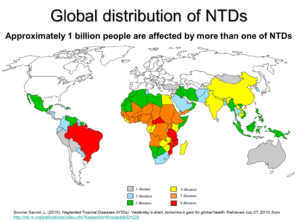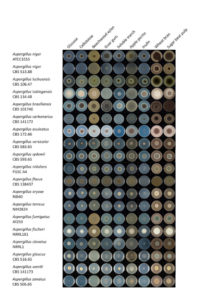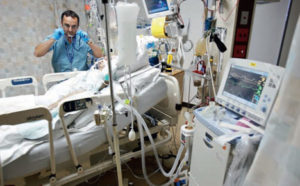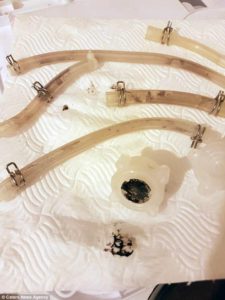Submitted by BethBradshaw on 15 November 2017
Imaging technologies have traditionally relied on physical characteristics such as differences in density (ultrasound, X-ray, CT) or water content (MRI) in different tissues to reveal what is going on below our skin. This is good for showing changes in structure, especially when contrast-boosting dyes are added, but may not reveal the finer biological differences – for example, whether a cavity in the lung is caused by tuberculosis or aspergillosis. Further tests are used to arrive at a definitive diagnosis but these all have drawbacks: biopsies can be invasive, growing samples in a petri dish is slow, and blood tests may not be sufficiently sensitive or specific.
ImmunoPET is a cutting-edge scan that uses mildly radioactive antibodies to home in on exactly what the clinician is looking for, like finding a camouflaged soldier using a heat camera. The best thing about this is that antibodies can be generated against almost anything you can think of: one against chitin would detect any fungal cell wall, whereas a more specific one could tell you it was a species of Aspergillus.
In a recent collaboration between ISCA diagnostics and several European universities, immunoPET was used to look at Aspergillus fumigatus in a mouse strain lacking neutrophils (white blood cells), as a proxy for studying invasive infections in immunocompromised patients. When control mice were inoculated with water, there was only a weak signal on the scan. But in mice that had been infected with Aspergillus the lungs lit up like Christmas trees.
It may be some time before this technology is routinely available in the clinic, but it would be very useful in diagnosing and monitoring aspergillosis patients. Indeed, the target of the antibody used here is a sugar group on the mannoprotein antigen, which is a molecular signature of Aspergillus that is commonly tested for in blood and bronchoalveolar lavage (BAL) fluids.
Read about how immunoPET is used in cancer at the Oncologist.

News archives
-
Title
Date

 ,
, 




 ,
, 



